The digital lending market in the Philippines is booming, projected to surpass US$1 billion in 2025.
This surge is fueled by a burgeoning economy and the increasing demand for online financial services, especially among the tech-savvy Generation Z.
If you’re an aspiring entrepreneur seeking a lucrative venture, the lending industry in the Philippines presents a compelling opportunity.
This comprehensive guide will equip you with the essential knowledge and steps to navigate the legal and operational landscape and establish a thriving lending business.
Lending Market in the Philippines
The Philippines has a dynamic and rapidly growing lending market. Several factors contribute to this growth:
- Underserved Market: Traditional banks often have stringent requirements, leaving a significant portion of the population, including small and medium-sized enterprises (SMEs), underserved. This gap creates a substantial market for alternative lending services.
- Growing Economy: The Philippines’ consistent economic expansion fuels demand for credit across various sectors, from individuals seeking personal loans to businesses needing capital for expansion.
- Rising Financial Inclusion: Government initiatives and the rise of fintech solutions are increasing financial inclusion, expanding the pool of potential customers who can access financial services.
- High Smartphone Penetration: The Philippines has one of the highest smartphone penetration rates in Southeast Asia, making digital lending platforms easily accessible to a large population.
Different Finance Models and Loan Types
The alternative lending market in the Philippines offers a variety of finance models and loan types to cater to diverse needs:
Finance Models:
- Peer-to-Peer (P2P) Marketplace Lending: Platforms connect borrowers directly with individual or institutional investors.
- Balance Sheet Lending: Companies lend their own funds to borrowers.
- Invoice Trading: Businesses can sell their outstanding invoices to investors for immediate cash flow.
- Debt-Based Securities: Companies issue bonds or other debt instruments to raise capital.
- Equity-Based Crowdfunding: Startups and businesses raise funds by offering equity stakes to investors.
- Real Estate Crowdfunding: Investors pool funds to invest in real estate projects.
Loan Types:
- Business-to-Consumer (B2C) Loans:
- Personal loans
- Payroll advances
- Home improvement loans
- Education/student loans
- Point-of-sale loans
- Auto loans
- Medical loans
- Business-to-Business (B2B) Loans:
- Lines of credit
- Merchant cash advances
- Invoice factoring
- Revenue financing
Target Markets
The lending market in the Philippines caters to a diverse range of borrowers:
- Individuals: This segment includes those seeking personal loans, payday loans, and small loans for various purposes. Lenders can offer flexible loan amounts and repayment terms to cater to individual needs and risk profiles.
- Small and Medium-Sized Enterprises (SMEs): SMEs often require business loans for working capital, expansion, and equipment purchases. Lenders can provide tailored loan products and financial services to support SME growth.
- Startups: Startups require funding for early-stage businesses. Lenders can offer specialized loans and mentorship programs to help startups succeed.
- Underserved Populations: This segment includes individuals and communities with limited access to traditional banking. Lenders can offer microfinance loans and alternative lending solutions to promote financial inclusion and economic empowerment.
Understanding the demographics, financial goals, and needs of each target market is crucial for developing effective lending products and marketing strategies.
Regulatory Requirements
The lending industry in the Philippines operates under a well-defined regulatory framework. Two key authorities play a crucial role:
- Securities and Exchange Commission (SEC): The SEC is the primary regulatory body for lending businesses. It is responsible for registering, overseeing, and licensing lending companies to ensure they operate within the legal framework.
- Bangko Sentral ng Pilipinas (BSP): While the BSP primarily regulates banks and non-bank financial institutions with quasi-banking functions, it also plays a role in regulating lending companies, particularly those involved in microfinance or quasi-banking activities.
Key Legislation
- Lending Company Regulation Act of 2007 (Republic Act No. 9474): This act provides the legal framework for establishing and operating lending companies in the Philippines. It outlines registration requirements, minimum capitalization, and rules to protect borrowers.
- Truth in Lending Act (Republic Act No. 3765): This act mandates that lending businesses disclose the true cost of credit to borrowers, including interest rates, fees, and repayment terms. This ensures transparency and protects borrowers from unfair lending practices.
Penalties for Non-Compliance
Operating a lending business without the necessary licenses or violating the Lending Company Regulation Act can result in severe penalties, including:
- Fines: Hefty fines may be imposed for non-compliance.
- Administrative Penalties: The SEC may impose administrative sanctions, such as suspension or revocation of licenses.
- Criminal Prosecution: In some cases, individuals involved in illegal lending activities may face criminal charges.
Types of Lending Licenses
The SEC provides a general lending license, but foreign lenders engaging in lending activities in the Philippines may need to obtain a secondary license. The type of secondary license depends on the scope of the lending activities and may include:
- Bank License: For institutions engaging in deposit-taking and a wide range of financial services.
- Financing Company License: For companies primarily focused on providing loans and other financing solutions.
- Lending Company License: For companies specifically engaged in lending activities.
BSP Approval for Foreign Loans
In certain cases, lenders may require approval from the BSP for foreign loans:
- Public Sector Entities: Loans from foreign lenders to public sector entities, regardless of currency, require BSP approval.
- Private Sector Entities with Government Guarantees: Foreign currency-denominated loans to private sector entities with guarantees from government corporations require BSP approval.
Excluded Entities
It’s important to note that certain entities are excluded from the definition of a lending business under RA 9474, including:
- Savings and loan associations
- Banking and investment institutions
- Financing and insurance companies
- Pawnshops
- Cooperatives
Minimum Capital Requirements
The minimum paid-up capital required for lending businesses in the Philippines varies depending on the type of business and location:
| Business Type | Location | Minimum Capital |
|---|---|---|
| Lending Company (Main) | – | PHP 1,000,000 |
| Lending Company (Branch) | First-class cities | PHP 300,000 |
| Lending Company (Branch) | Other cities | PHP 150,000 |
| Lending Company (Branch) | Municipalities | PHP 75,000 |
| Financing Company (Main) | First-class cities | PHP 10,000,000 |
| Financing Company (Main) | Other cities | PHP 5,000,000 |
| Financing Company (Main) | Municipalities | PHP 2,500,000 |
| Pawnshop | – | PHP 100,000 |
This capital must be deposited in a bank account under the business’s official name, and proof of deposit is required during SEC registration.
Application Process
To obtain a lending license in the Philippines, follow these steps:
- Choose a Business Name: The name must include the terms “Lending Company” or “Lending Investor” and be approved by the SEC.
- Pay the Minimum Paid-Up Capital: Deposit the required capital in a bank account under the company’s name.
- Prepare Articles of Incorporation and By-laws: These documents outline the company’s structure and operating procedures.
- Register with the SEC: Submit the required documents, including the Articles of Incorporation, By-laws, Treasurer’s Affidavit, and bank certificate confirming the capital deposit.
- Obtain a Certificate of Authority: After registering as a corporation, apply for a Certificate of Authority to Operate as a Lending Company.
- Register with Other Government Agencies:
- Bureau of Internal Revenue (BIR): Obtain tax identification numbers and comply with tax obligations.
- Social Security System (SSS), Home Development Mutual Fund (HDMF or Pag-IBIG Fund), and PhilHealth: Enroll employees in social benefit programs.
- Local Government Units (LGUs): Acquire the required business permits and licenses at the local level.
- Register with the National Privacy Commission (NPC): Online lending companies processing large-scale or sensitive data must register with the NPC to comply with data privacy regulations.
Thorough preparation and meticulous documentation are essential for a successful application, as the SEC has strict requirements.
Read also: Complete Guide to DTI, BIR Business Permit Registration
Operational Requirements
Running a lending business in the Philippines involves several operational requirements:
- Lending Policies and Procedures: Establish clear criteria for loan eligibility, underwriting standards, risk assessment frameworks, disbursement procedures, and collections policies.
- Know Your Customer (KYC) and Anti-Money Laundering (AML) Compliance: Implement robust KYC and AML procedures to verify customer identities, assess potential risks, and comply with regulations. This includes collecting and verifying customer information, conducting due diligence, and monitoring transactions for suspicious activity.
- Reporting Requirements: Prepare and submit audited financial statements, operational reports, and compliance reports to the SEC regularly.
- Data Security and Privacy: Implement measures to protect borrower data and comply with the Data Privacy Act of 2012. This includes using appropriate cybersecurity measures, developing a clear privacy policy, and having data breach notification procedures in place.
- Fair Lending Practices: Ensure non-discrimination, transparency in lending, and responsible lending practices. Treat all loan applicants fairly, disclose loan terms clearly, and avoid predatory lending practices.
- Customer Service: Provide outstanding customer service to build a loyal borrower base. Focus on accessibility, responsiveness, and effective problem resolution.
- Complaint Handling: Establish a formal process for receiving, addressing, and resolving borrower complaints. A dedicated complaint officer can ensure smooth resolution and reporting to regulators.
Interest Rates and Loan Terms
Interest Rates
While there are no fixed interest rate caps in the Philippines, lenders must adhere to principles of reasonableness and fairness when setting rates. Excessively high rates may be considered unconscionable and challenged in court.
Lenders use different types of interest rates:
- Fixed Interest Rates: These rates remain the same throughout the loan term, providing predictability for borrowers.
- Variable Interest Rates: These rates fluctuate based on market conditions, which can affect borrowers’ repayment amounts.
The BSP’s policy rate influences overall interest rates in the market. It has been gradually decreasing, which can create a favorable environment for borrowers.
Loan Terms
Loan terms, including repayment schedules and conditions for default, are generally subject to agreement between the lender and borrower. However, lenders must comply with the Truth in Lending Act, which requires clear disclosure of all loan terms and charges.
Key aspects of loan terms include:
- Interest Rate: Clearly state the interest rate, specifying the percentage and whether it is per month, per annum, or another period.
- Basis for Computation: Clarify how interest will be calculated, such as simple or compound interest.
- Repayment Schedule: Specify the frequency and amount of repayments, including the due dates.
- Penalty Interest: Clearly define any penalty interest for late payments and ensure it is not excessive.
- Annual Contractual Rate (ACR): The ACR is the effective interest rate calculated on the remaining loan balance per 360-day period. Lenders should be aware of how to calculate and disclose the ACR to borrowers.
Conclusion
Starting a lending business in the Philippines offers significant potential in a dynamic and growing market.
By understanding the regulatory requirements, operational needs, and market dynamics, entrepreneurs can establish a successful and sustainable lending venture.
Remember to prioritize responsible lending practices, transparency, and compliance with all applicable laws and regulations.
To embark on your lending business journey, conduct thorough research, develop a comprehensive business plan, and seek guidance from legal and financial professionals. With careful planning and execution, you can contribute to the growth of the Philippine economy while achieving your entrepreneurial goals.
Read also:
 Web HostingCost-effective shared hosting solutions
Web HostingCost-effective shared hosting solutions Reseller HostingStart your own hosting business without tech hustle
Reseller HostingStart your own hosting business without tech hustle Affiliate ProgramEarn commission by referring customers to our platforms
Affiliate ProgramEarn commission by referring customers to our platforms cPanel HostingHosting powered by cPanel (Mostly user friendly)
cPanel HostingHosting powered by cPanel (Mostly user friendly) Windows HostingOptimized for windows based-applications and sites
Windows HostingOptimized for windows based-applications and sites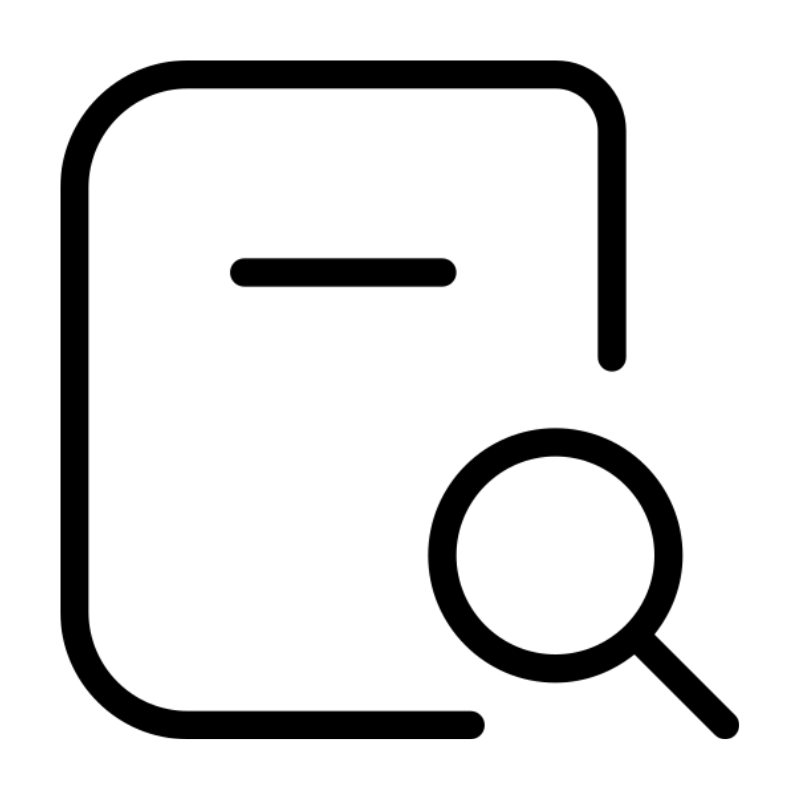 Domain SearchFind and register available domain names in seconds
Domain SearchFind and register available domain names in seconds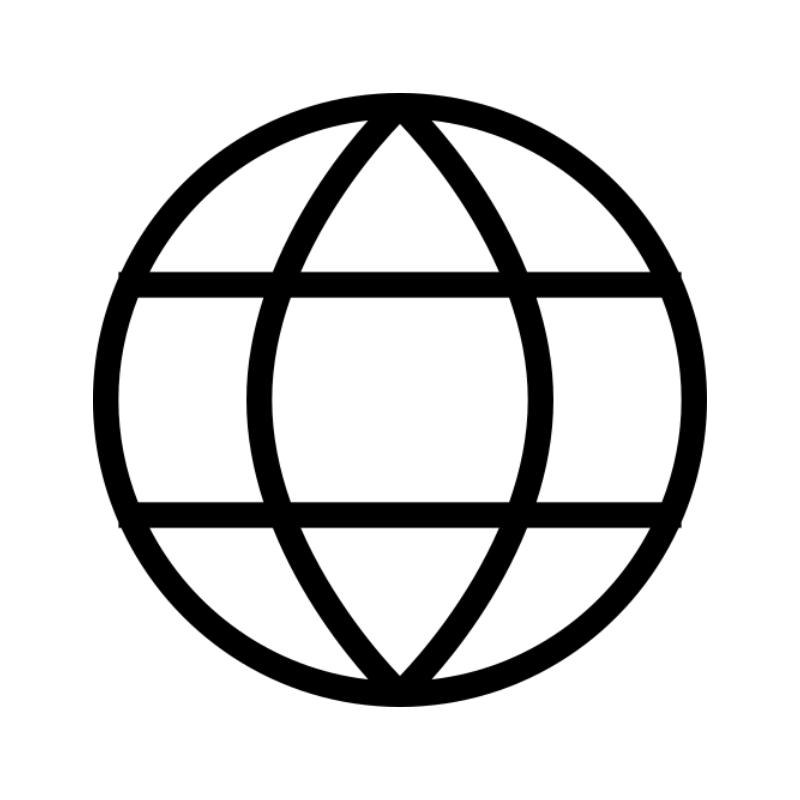 All DomainsExplore and register domain extensions across the world
All DomainsExplore and register domain extensions across the world Domain Transfermove your domain to us with zero downtime and full control
Domain Transfermove your domain to us with zero downtime and full control Whois LookupLook up domain ownership, expiry dates and registrar information
Whois LookupLook up domain ownership, expiry dates and registrar information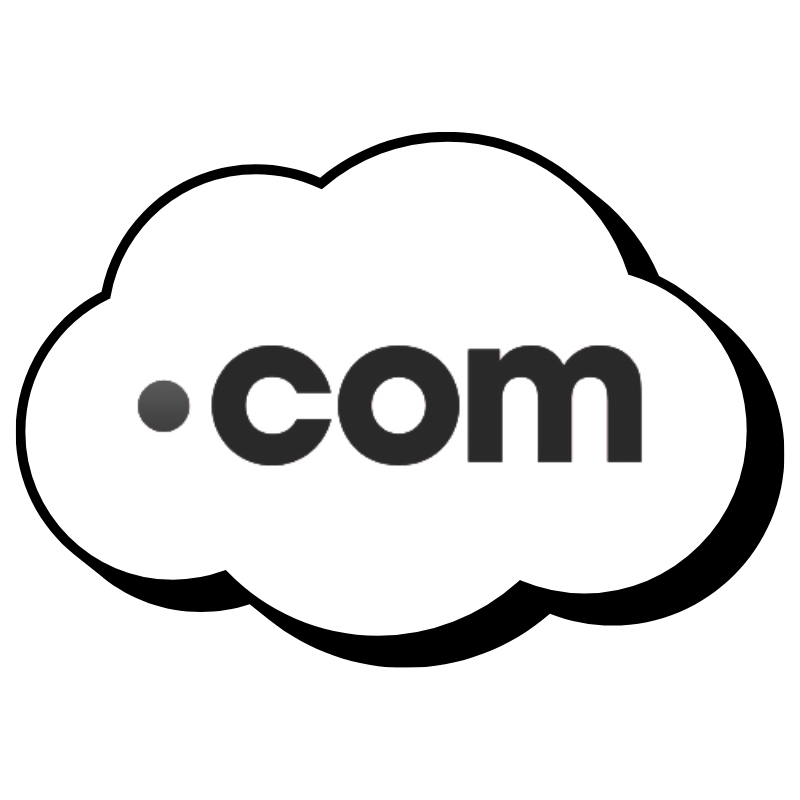 .com DomainSecure the most recognized domain for global credibility
.com DomainSecure the most recognized domain for global credibility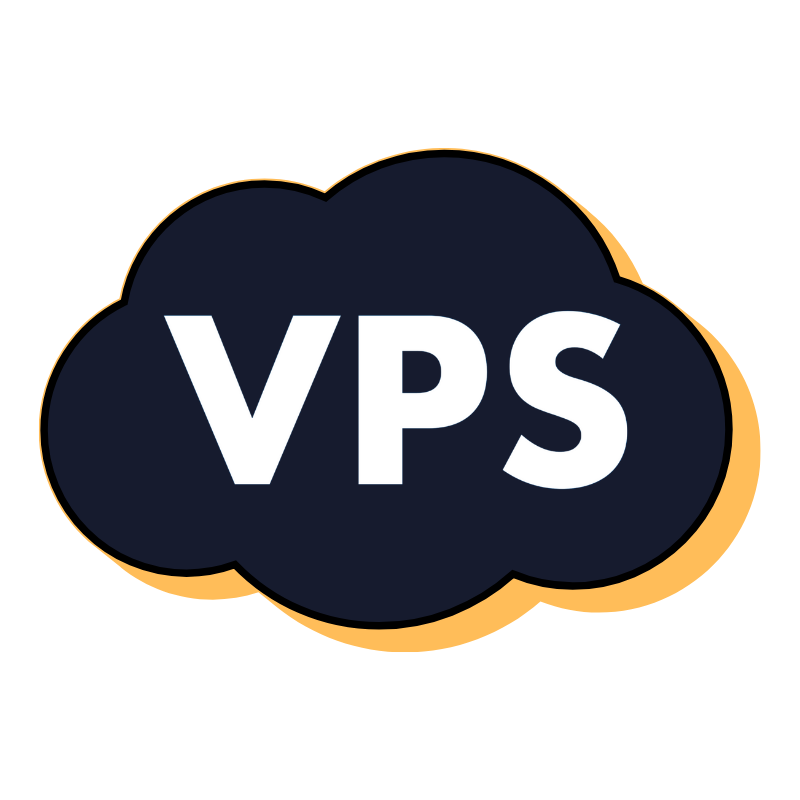 VPS HostingScalable virtual servers. Full root access. Faster speed.
VPS HostingScalable virtual servers. Full root access. Faster speed. Managed VPSNot a tech expert? Choose our fully managed VPS server.
Managed VPSNot a tech expert? Choose our fully managed VPS server.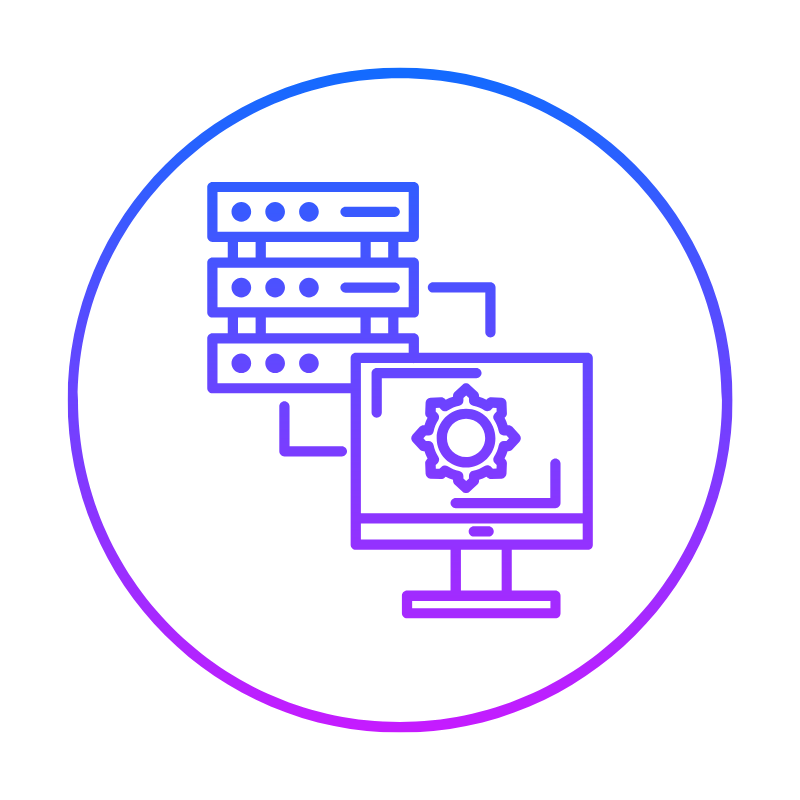 Dedicated ServersGet the full power and complete control of your own physical server.
Dedicated ServersGet the full power and complete control of your own physical server.
